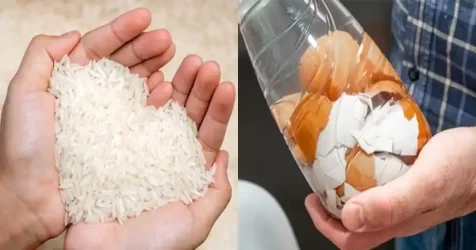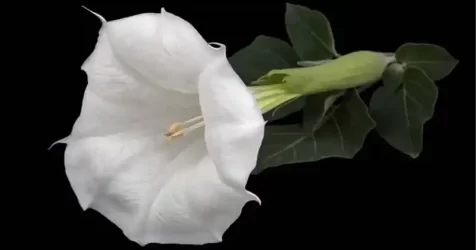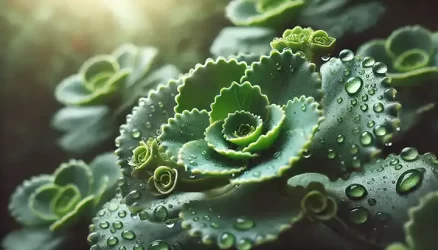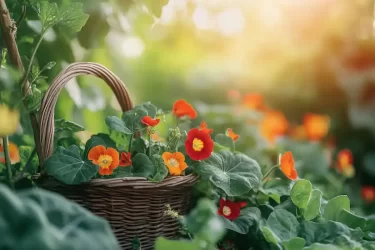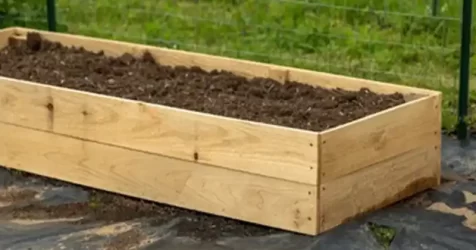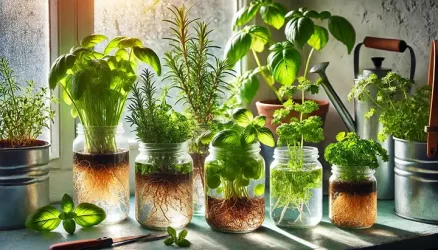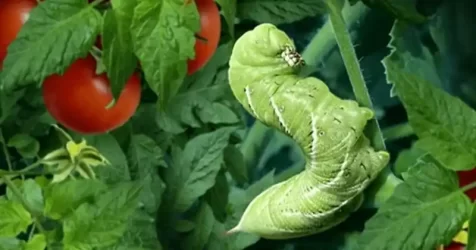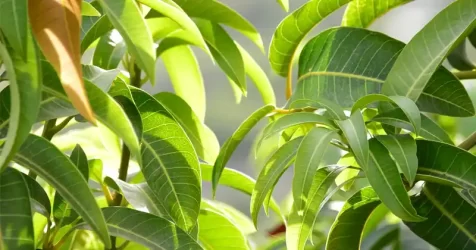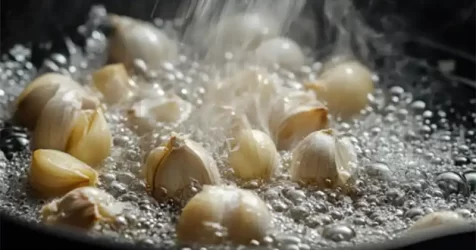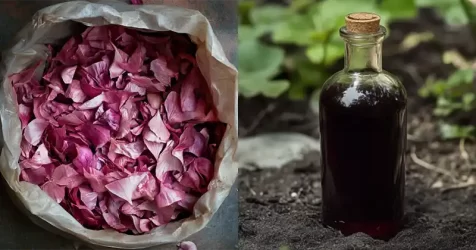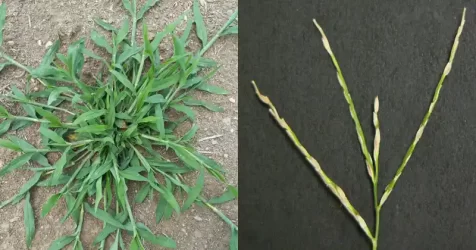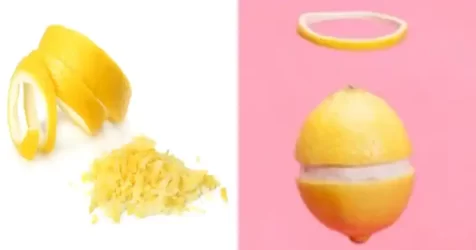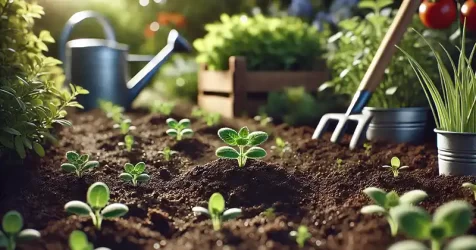How to Build a Straw Bale Composting Keyhole Garden Bed (The Key to Great Harvest)
Creating a sustainable, productive garden is a dream for many home gardeners and small-scale farmers. One innovative approach that combines several permaculture and sustainable gardening techniques is the straw bale composting keyhole garden bed. This method not only optimizes space and resources but also encourages biodiversity and ecological balance in the garden. Here’s your comprehensive guide to building and using one for a variety of fruits and vegetables.

Introduction to Straw Bale Composting Keyhole Garden Beds
A straw bale composting keyhole garden bed integrates the principles of raised bed gardening, composting, and efficient water use. It’s designed to be a self-fertilizing, drought-resistant garden option that’s perfect for a wide range of plants, including but not limited to leafy greens, herbs, roots, and even some fruiting vines.
Building Your Garden Bed
Materials Needed:
- Straw bales (number depends on the desired size)
- Compost and compostable kitchen scraps
- Garden soil
- Cardboard or newspaper
- Wire mesh or a similar material for the composting basket
- Optional: Landscape fabric or plastic sheeting for additional weed suppression
Steps:
- Outline Your Bed: Choose a sunny location for your garden. The keyhole shape should be marked out on the ground, allowing for a central composting area that is accessible from a ‘keyhole’ cutout.
- Prepare the Ground: Lay cardboard or newspaper on the ground to suppress weeds. If you’re using landscape fabric or plastic, place it down first.
- Arrange Straw Bales: Position the straw bales to form the walls of your garden bed, following the keyhole shape. Ensure the bales are tightly packed to support each other.
- Condition the Bales: Over a period of two weeks, moisten the bales and add a nitrogen source (like a balanced organic fertilizer) to start the composting process within the bales.
- Create the Composting Basket: In the center of the bed, construct a wire mesh basket that reaches at least 1 foot above the height of the bales. Fill the bottom with rocks or gravel for drainage, then add compostable materials.
- Fill and Plant: Fill the interior space with a mix of garden soil and compost. Plant your seeds or seedlings directly into the bales and the central soil area.
How to Use Your Garden Bed
- Watering: Water the garden bed by focusing on the central composting basket, allowing the nutrients to filter out into the surrounding soil and straw bales.
- Composting: Regularly add kitchen scraps, yard waste, and other compostables to the central basket to continually nourish your garden.
- Plant Selection: This garden bed is versatile. Plant leafy greens, herbs, and root vegetables directly into the top and sides of the straw bales. Use the central soil area for plants that need deeper rooting space or for climbing plants that can be trellised.

Benefits
- Improved Soil Condition: The decomposing straw and compost enrich the soil, improving its structure and fertility over time.
- Water Efficiency: The design conserves water by reducing evaporation and directing moisture directly to plant roots.
- Pest and Disease Reduction: Elevated planting and improved air circulation help reduce the risks of soil-borne pests and diseases.
- Ease of Harvest: Plants are more accessible, and root vegetables can be harvested with minimal digging.
Building a straw bale composting keyhole garden bed is a rewarding project that can enhance the productivity and sustainability of your gardening efforts. It’s a dynamic system that supports a wide variety of plants, improves soil health, conserves water, and recycles organic waste into valuable nutrients for your garden. Whether you’re a seasoned gardener or a beginner, this innovative approach can be the key to a great harvest and a thriving garden ecosystem.
